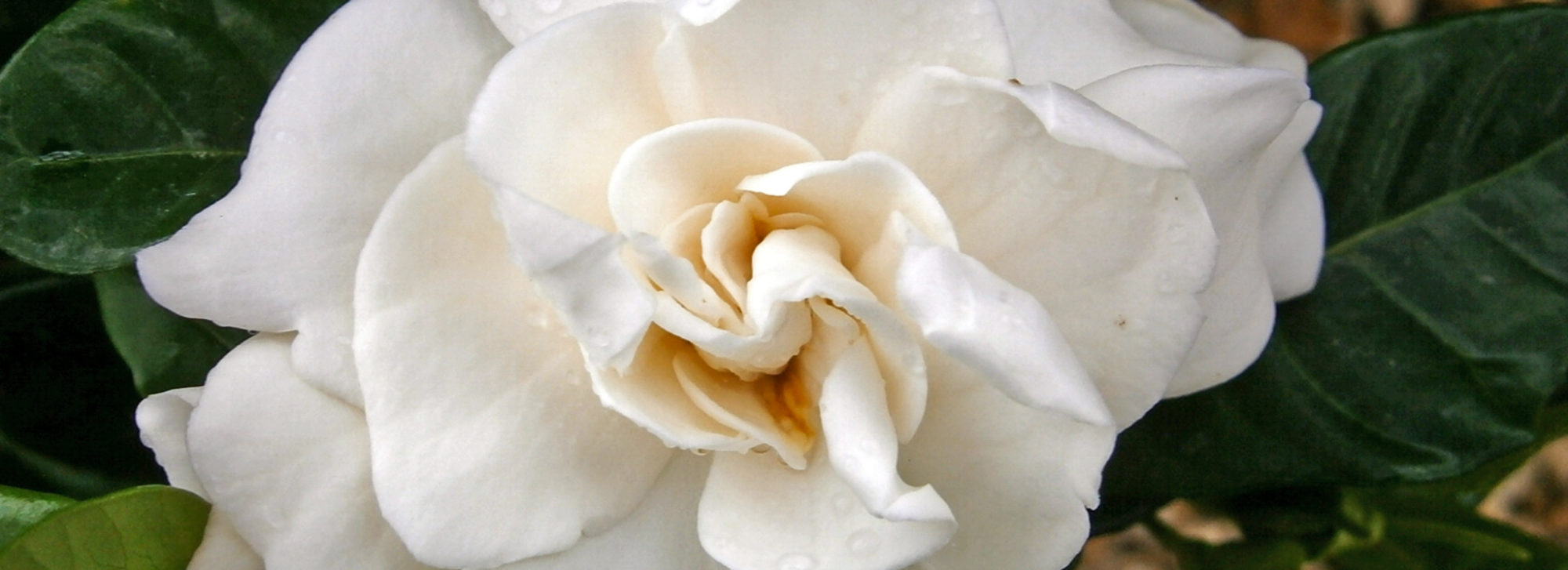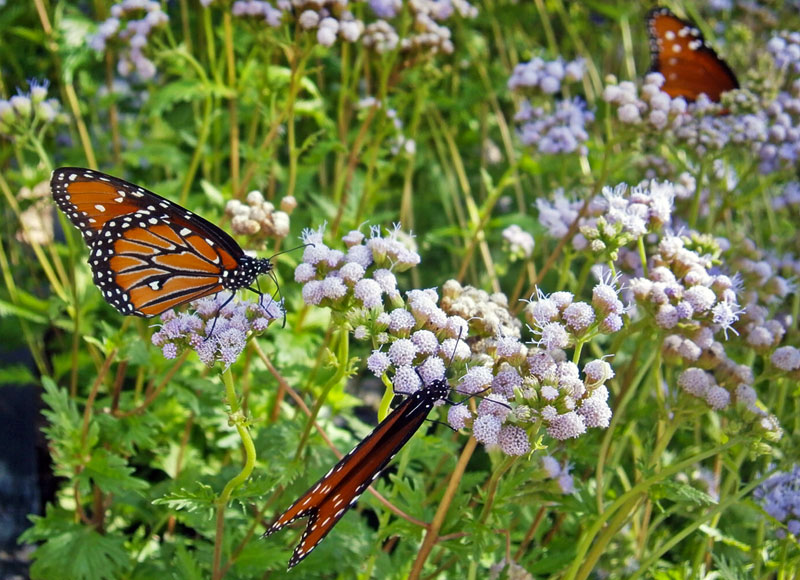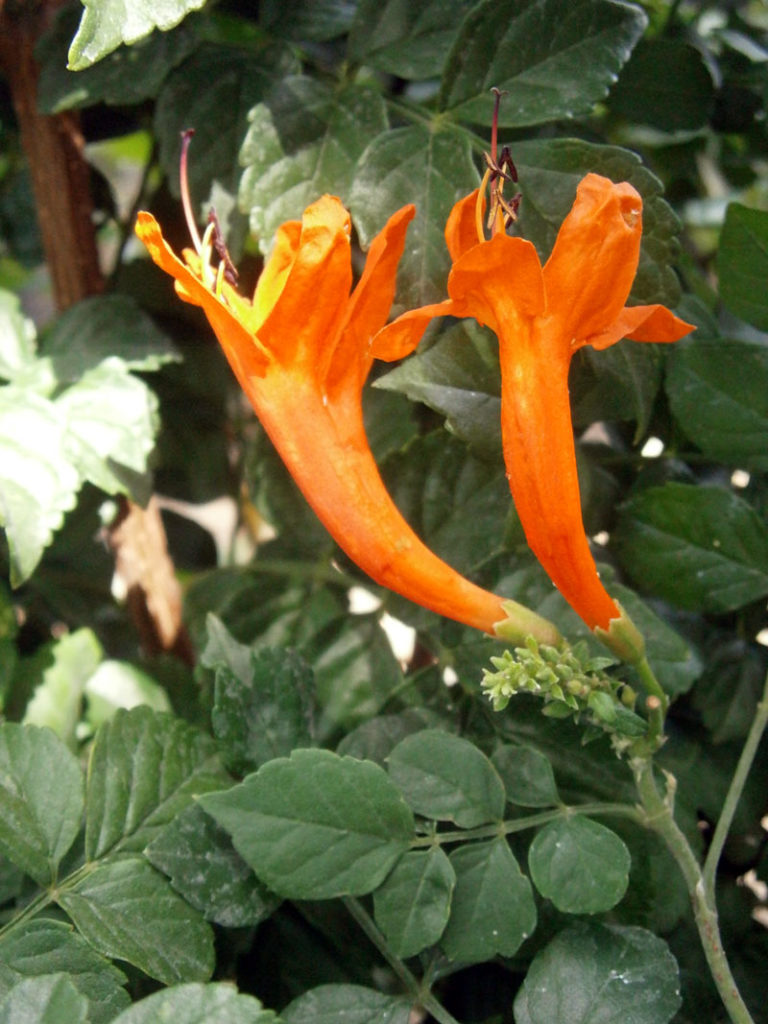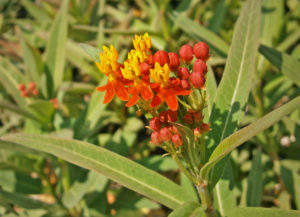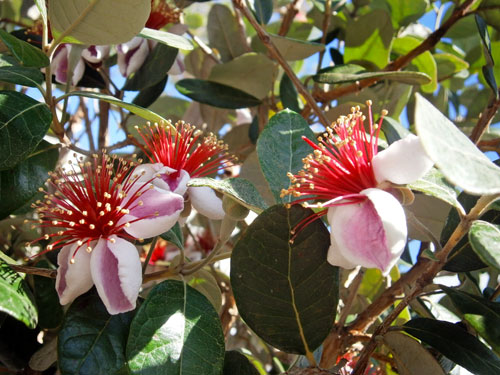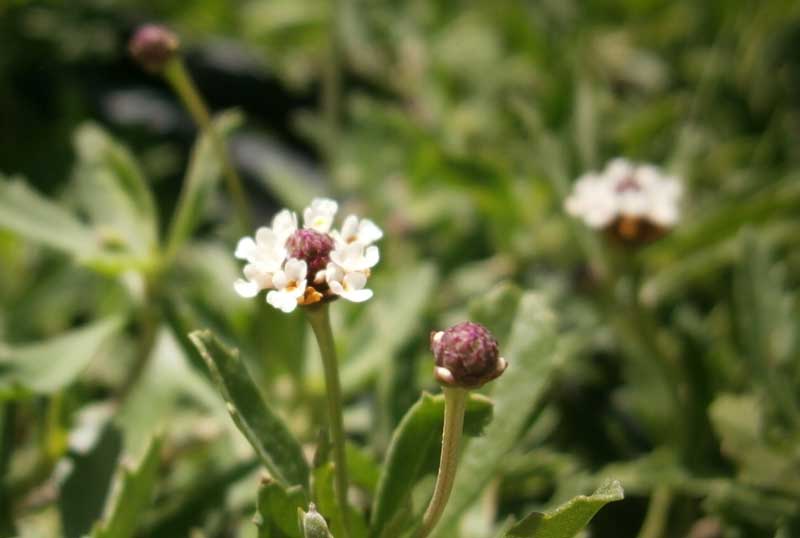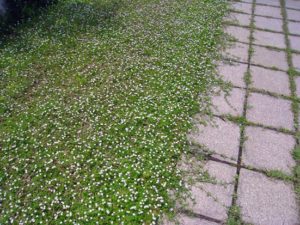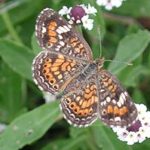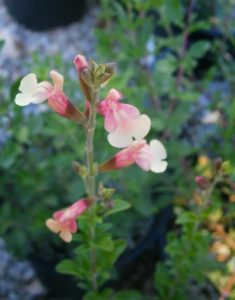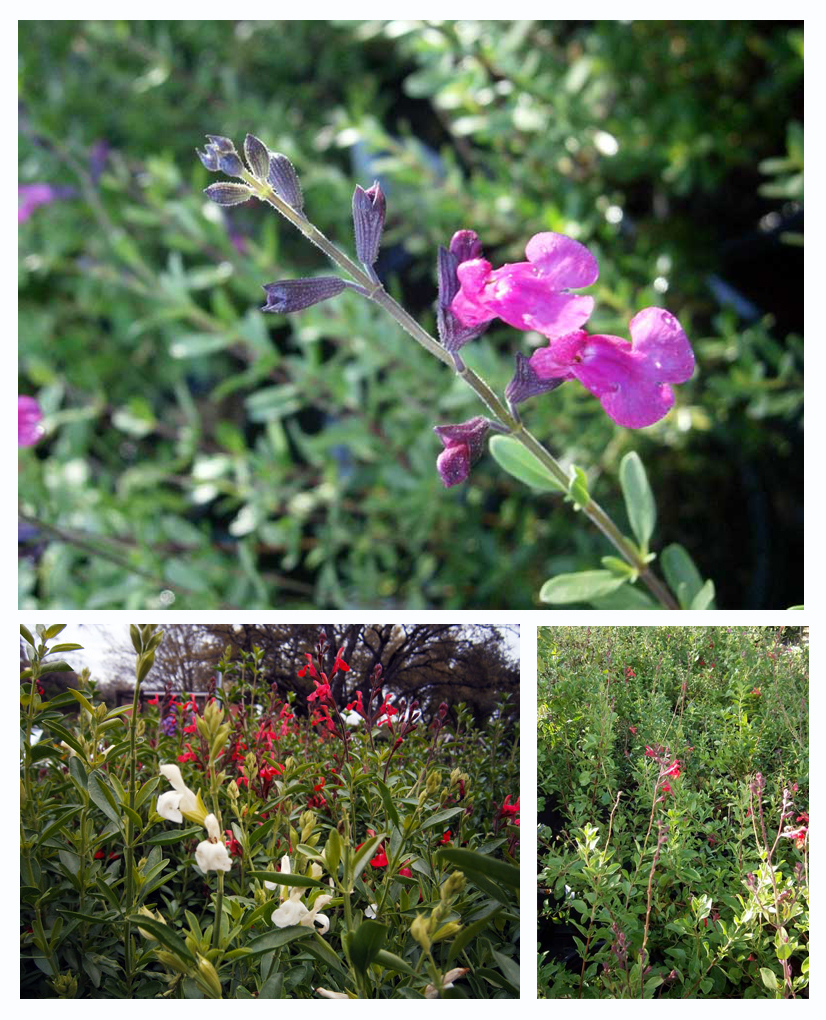August Plant of the Month 2019
What in the world could be blooming in August in San Antonio you ask? The answer is Coneflower! While other plants may be taking a break from our summer heat, Coneflower is thriving.
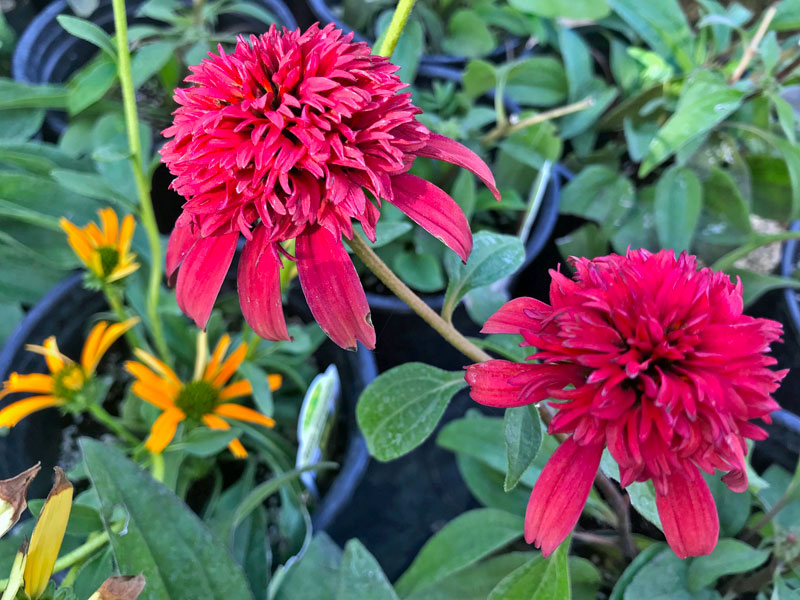
When talking about Echinacea the first image that may come to mind might be a purple daisy-like flower, but there are 9 different species and over 60 different varieties! Many of the new types have double blooms or unusual petals. Pictured here are Double Scoop Cranberry and Cheyenne Spirit. Coneflowers are easy to grow and are native to North America.
How it Grows
While some native varieties can reach up to 5' tall, most hybridized varieties will stay a tidy, compact 1-3' tall and wide. This clumping perennial can be easily identified by its rough textured, dark green lanceolate or ovate leaves, with its trademark long petalled flower and protruding cone atop a tall, thick stem.
Coneflowers' long lasting blooms appear in late spring and continue through summer. They can be deadheaded if desired, but can also add fall & winter interest if allowed to dry on the plant. You may even get some fine feathered visitors looking for delicious seeds to eat!
Coneflower makes a good cut flower for arrangements, attracts butterflies and bees. It's also well known for its use in herbal remedies for toothaches, sore throats, infections and strengthening the immune system. Don't try this at home, kids. Always do your homework before ingesting anything in the landscape!
How to Grow it!
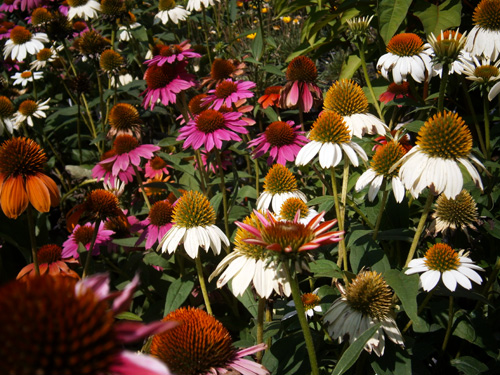
Grow Echinacea in full sun or part shade. It prefers moist, well-drained soil, but can handle poor soil as well. They look great in borders or naturalized areas.
These plants tolerate high heat and humidity and are somewhat drought tolerant. There are conflicting reports of its resistance to deer. Maybe keep the repellant handy, just in case.
Right now at The Garden Center, you can pick up Double Scoop Cranberry, Cheyenne Spirit, Red Sombrero or Now Cheesier coneflowers in a 1 gallon container for color all summer!

